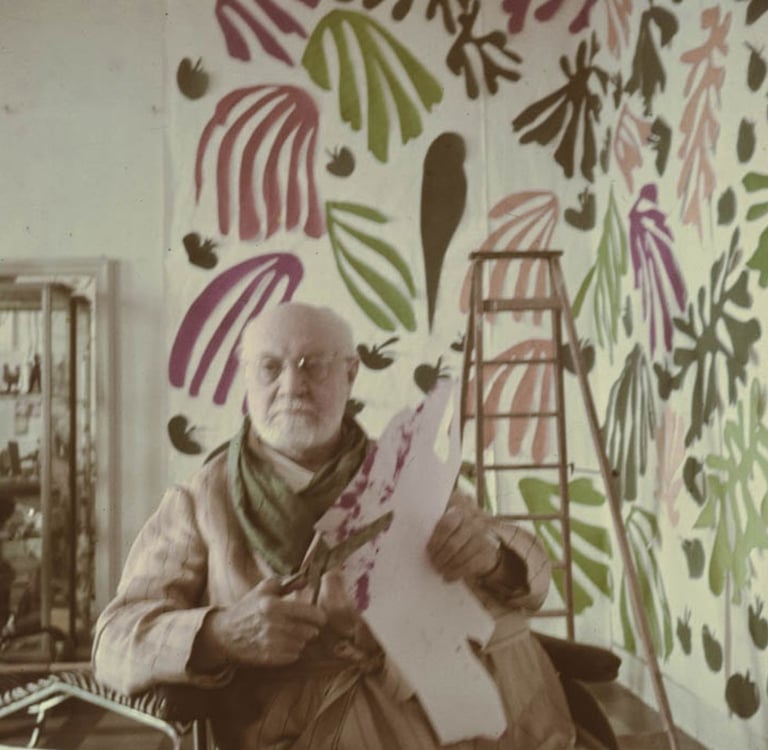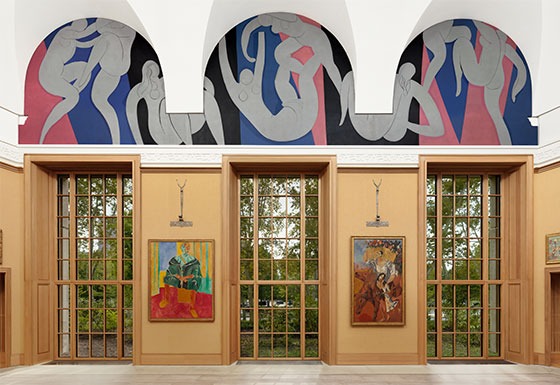Henry Matisse cuts out The Scisors Artist
Blog post description.
ART

Henri Matisse making one of his paper cut outs.
Matisse was a French artist, known for both his use of colour and his fluid and original draughtsmanship.
He was a draughtsman, printmaker, and sculptor, but is known primarily as a painter. Matisse is commonly regarded, along with Pablo Picasso, as one of the artists who best helped to define the revolutionary developments in the visual arts throughout the opening decades of the twentieth century, responsible for significant developments in painting and sculpture.
THE CUT-OUTS
During the last decade of his life Henri Matisse deployed two simple materials—white paper and gouache—to create works of wide-ranging color and complexity. An unorthodox implement, a pair of scissors, was the tool Matisse used to transform paint and paper into a world of plants, animals, figures, and shapes.
The cut-outs were created in distinct phases. The raw materials—paper and gouache—were purchased, and the two materials combined: studio assistants painted sheets of paper with gouache. Matisse then cut shapes from these painted papers and arranged them into compositions. For smaller compositions the artist worked directly on a board using pins. For larger compositions, Matisse directed his studio assistants to arrange them on the wall of his studio. Subsequently, cut-outs were mounted permanently, either in the studio or in Paris by professional mounters.
Years before Matisse conceived of the cut-outs as an independent medium, he employed the technique as an expedient to realize work in other mediums. As early as 1919, he used cut paper to design the décor for a ballet, Le Chant de Rossignol. When composing the mural The Dance, commissioned by Dr. Albert Barnes, in the early 1930s, he learned that covering large areas with sheets of painted paper allowed him to make changes more efficiently than he could by repainting. In 1937–38, he cut and pinned painted paper to design a second dance production, Rouge et noir. And in 1940–41, he used cut paper to resolve the compositions of two paintings. Though he would not consider a cut-out to be an autonomous work of art until 1946, the groundwork was laid to create through this technique. The cut-outs “were a long time in the making,” Matisse acknowledged, developing in secret.




